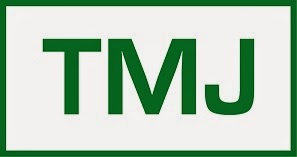Family Wealth, with its own Family Office investment teams & financial influence, has grown fast in Asia. This book is about how so many global billionaire families today, have often started in the Asian region. China, Japan, India & Korea, are just some of the many countries in Asia that are featured in this book, in great fascinating detail. All of these wealthy families in the region, have been global class level entrepreneurs.
These are the countries who then created "Miracle" like economies of both size and scale. The author Michael Schuman, does a great job of giving a lot of context across many countries in Asia, as to why this all happened. His description really lays out a clear plan of wealth creation. His documentary style is flavored with a number of fascinating tidbits on how many global names began from pirates to graft or corruption. No stone is left unturned. I liked the balance of the "warts and all" style very much.
After the defeat of Japan in the second world war, and the nationwide destruction across Japan, entrepreneurs finally emerged. Akio Morita started Sony in a bombed out department store soon after WWII with a partial roof. The staff needed to use umbrellas in the office when it rained. It is from these humble beginnings that the global icon grew more than 60 years ago. The whole book was full of what I consider "tasty mind candy" for similar history lovers of Asia's brand of capitalism.
The Top 3 Takeaways from this book that impact any reader are:
1) There is always one founder who begins every major future conglomerate. A major driver who can start with one single shop.
2) Perfect timing from the economy often helps build a new company during the company's early growth phase.
3) If you are not already in business, you cannot often take advantage of the opportunities all around you. You never know when the best time to start is. In fact, there is no best time, only a chance to start now.
I learned a lot about the business history of India, Indonesia and Taiwan. They are all key players now, but the amount of firms that have grown from the region, was a true surprise that I had not expected. It all gives me a lot more comfort at seeing how many Asian companies and industries today have taken root, and may have a further edge in the future. I always judge a book by two main questions. Did I learn a lot about finance & business? Was there enough knowledge in the book that made me feel it was time well spent? Well, the answer is "Yes, absolutely" to both. Highly Recommended!
Please visit us for our Friday Feature Review where TMJ Partners will review books, movies, conferences and anything else with a financial theme. Follow us now for our free weekly updates, just click here. Thank you for reading and learning more about how money is made in finance!
For more Buy-Side and Sell-Side roles in Asia-Pacific, contact our TMJ Partners Japan & Asia Finance team.
Tokyo Tokyo




